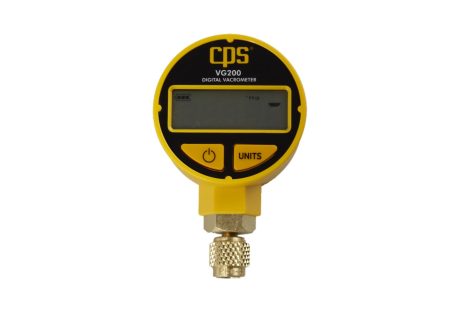If your work life has you using a computer frequently, you have likely experienced eyestrain and headaches. The experience can be frustrating, yet luckily it typically goes away once you rest your eyes. But many people sit behind a computer most of the day, making it challenging for their eyes to get the necessary rest. Luckily, scientists have raced to provide solutions for preventing eye strain in people who use computers regularly. One such solution is the blue light glasses, designed to reduce glare and protect the eyes.
Contents
What Is Blue Light?
Light comes in various colors, such as red and blue, with different wavelengths and energy. Blue wavelengths are usually beneficial during daylight hours as they improve your mood, reaction times, and attention. However, blue light can disrupt your circadian rhythm by suppressing the secretion of melatonin, the hormone that makes you feel tired.
While the sun naturally exposes you to blue light, the advent of technology has drastically increased the amount of blue light people take in each day. Today, electronic devices and gadgets, such as smartphones, computers, and televisions, produce blue light, but artificially.
In the United States, teens use screens for more than seven hours a day on average, not including school work. Most office workers spend over 1700 hours in front of a computer every year. Without the necessary eye protection or breaks, they risk experiencing different symptoms, such as tired eyes and eye dryness.
Blue Light Exposure
Elevated exposure to blue light has different effects, including an increased risk of macular degeneration. The light tends to penetrate the retina, which means it’s likely to damage the retina’s light-sensitive cells.
Blue light exposure affects your eye health, sleep, and productivity. Knowing its symptoms is vital in protecting your overall health.
Sleep
As previously mentioned, your circadian rhythm drives you to feel tired at night and alert during the day. The whole process depends on the role and availability of the sleep-inducing hormone, melatonin.
However, with blue light exposure, the hormone production is suppressed, affecting your rapid-eye-movement (REM) sleep. Overexposure increases your alertness and resets your body’s clock, making it hard for you to fall asleep.
Eye Health
Regardless of the source, high-intensity blue light is potentially dangerous to the eyes. Any light that passes through the lens and cornea usually reaches the retina, leading to symptoms such as fatigue, soreness, irritation, and dry eyes.
As noted before, continued exposure to blue lights can damage retinal cells, which can cause or worsen age-related macular degeneration or even blindness.
Productivity
When it comes to productivity, blue light exposure is a double-edged sword. During the day, the exposure can make you more productive, improving your brain performance and alertness.
However, lack of adequate sleep due to blue light exposure can reduce your productivity the following day. Sleep deprivation makes you feel exhausted when waking up, often making it difficult for you to communicate, learn, and concentrate.
Your brain is likely to perform better if you have high-quality sleep. It makes sense to avoid using gadgets in the two to three hours leading up to your bedtime.
Buying Blue Light Glasses
As the popularity of blue light glasses grows, more and more companies are launching their lines—however, not all blue light glasses are created equally.
Before choosing any glasses, make sure they have been made in consultation with sleep and eye experts. Most companies usually have this stated on their website or product descriptions, with verifiable links. The links should provide laboratory-backed results that show exactly how the glasses work.
Be sure to find glasses that block both harmful UV rays and blue lights. They should also have anti-reflective and anti-glare properties, as these features help prevent eye strain.
Equally importantly, the glasses should fit comfortably with your facial structure. Be sure to note your ideal measurements before shopping, including your lens and bridge widths. With these measurements in hand, you can shop now online, as online sellers tend to offer better pricing than an optometrist’s office.
Avoiding the Eyestrain Blues
For people with computer-based jobs, decreasing screen time likely isn’t an option. However, there are other ways you can take your eye health into your own hands. With a better understanding of blue light and a pair of blue light glasses, you can continue your work more comfortably and worry less about eye damage.
























